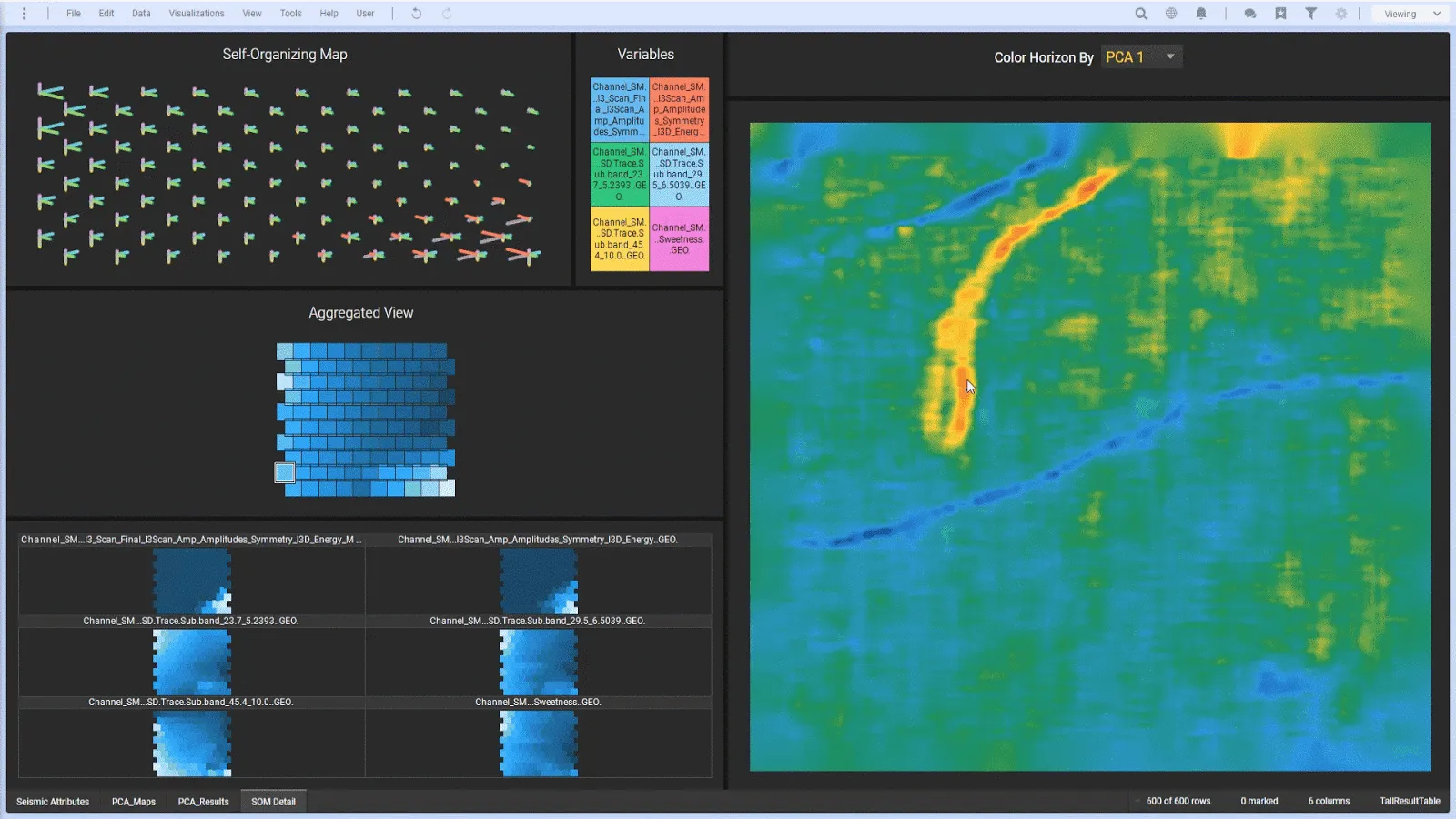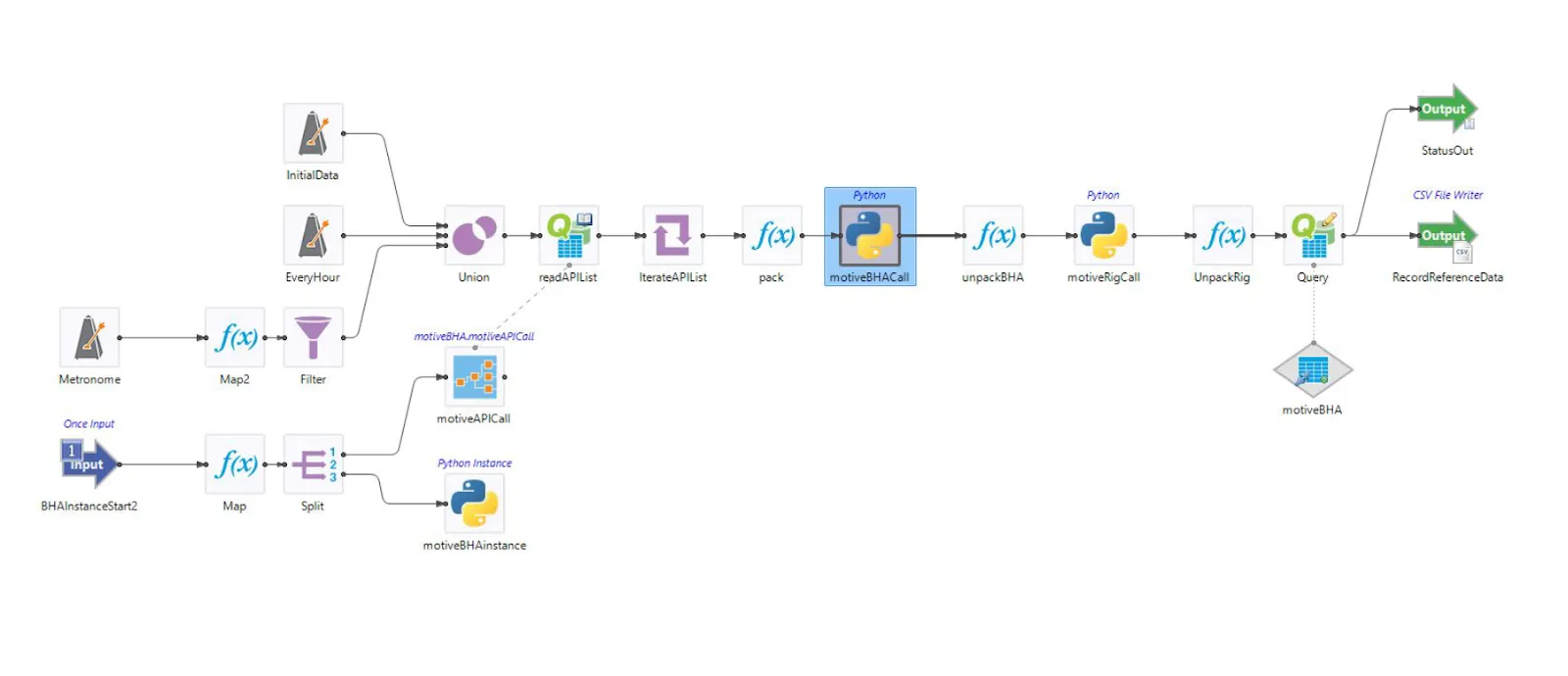Big Dollars for Big Oil with Big Data Analytics Saves Billions in Upstream Exploration and Production
Blog: The Tibco Blog
Deloitte reported in a recent study that increased data capture and analysis can likely save billions of dollars for the energy industry. Reuters also found that Oil and Gas companies are “envisioning billions of dollars in savings” through the use of analytics and the IoT.
Oil and gas companies are inundated with data but starving for insights and smart actions on business operations. As the quest for hydrocarbons and alternative energy sources extends into deeper and harsher environments, operators, service companies, and asset owners need to rely on data science, visual analytics and the Internet of Things (IoT) to ensure their employees are safer, their fields are more productive, and their capital assets are operating at peak efficiency.
3 ways to improve your oil and gas operations
Let’s break down this opportunity into the three major ways you can improve your oil and gas operations with analytics:
- Visual Analytics:

Visual Analytics enables you to get a handle on your data landscape and to incorporate modern methods for data discovery to find high-value insights. Visual analytics enables accessing, combining, wrangling, and exploring data to get to the insights that inform the business challenge.
Use cases: Across exploration and production, visual analytics is used to analyze combinations of subsurface, geology, seismic, drilling, and completions data. This is pivotal to optimizing oil and gas exploration and production. Visual analytics are also central to production surveillance – enabling process control, ongoing quality improvement, and optimization. Visual geo-analytics is pivotal to oil and gas exploration and production strategy, tactics, and operations. Geospatial understanding of production in terms of geology, completions, and operations factors is central to running an oil and gas business.
- IoT & Sensor Data:

The collection of IoT and sensor data and using data science to analyze it — including machine learning and geoanalytics — enables optimized operations. The data from IoT sensors is run through software representations of physical assets, processes, and systems (e.g., “digital twins”). These digital twins are used to predict outcomes so intervention becomes possible.
Use cases in energy companies: IoT, sensor data, and machine learning can be used for production surveillance, condition-based maintenance, environmental health and safety, and drilling optimization. These implementations enhance production by keeping systems running smoothly and prevent failures to extend equipment life; directly impacting revenue and top-line growth while attending to safety and environmental concerns.
- Real-time Data:


In today’s challenging market, real-time data streaming platforms provide efficient, real-time, customized tools that allow you to reduce the amount of time it takes to drill the well – without compromising the wellbore quality or well safety.
Use Case: A real-time data streaming platform creates a dynamic, real-time picture of the wellbore and key drilling variables while the drilling is in motion so operators can direct the drill towards a more profitable outcome, leading to less wasted time, fewer broken wellbores, and a safer drilling environment.
Taking action when and where it matters most is incredibly important for the energy industry. That means reducing data bottlenecks and implementing machine learning models across your organization, including sensors, processes, and equipment. With TIBCO Spotfire®, TIBCO® Data Science and TIBCO Streaming®, you can analyze all of your IoT data to address process and equipment surveillance challenges.
That goes for every company today, not just those in the oil and gas industry. The digital innovation possibilities we’re seeing for oil and gas can be applied to every industry. And it’s no longer an option to ignore the need to transform. From healthcare to manufacturing to aerospace and more, digital leaders must capture data to fuel their business and make faster, smarter decisions based on that data.
We’ll help you become a digital leader at TAF 2019
At the 18th annual TIBCO Analytics Forum (TAF), formerly named the Houston Energy Forum, you’ll learn how to spot and act on the operational data coming into your business every day.
At the forum, you’ll learn many ways to get ahead of the competition using analytics and the IoT from customer success stories, hands-on training, access to experts, and detailed demos with real-life applications.
